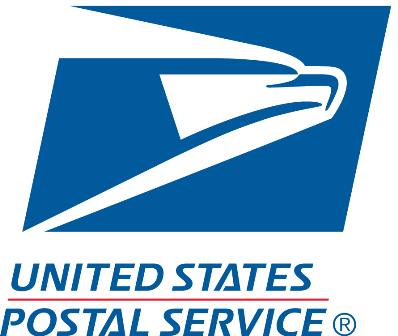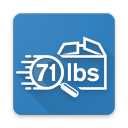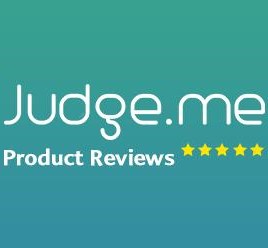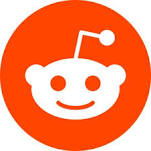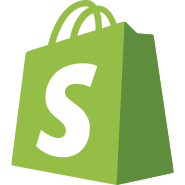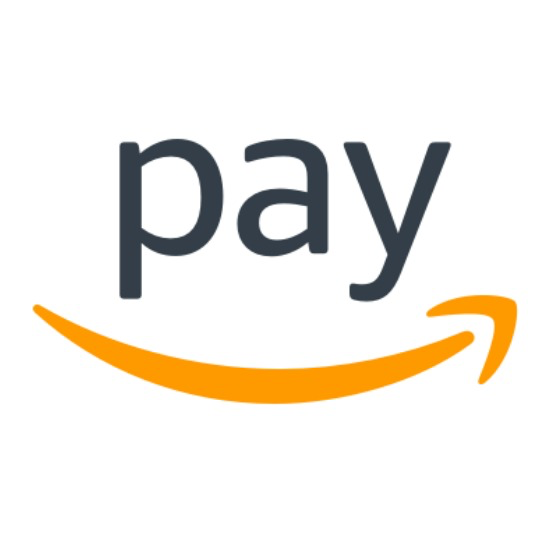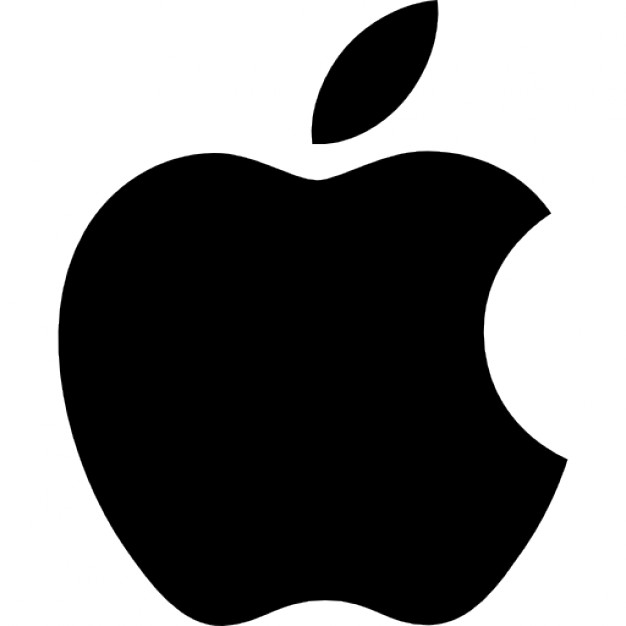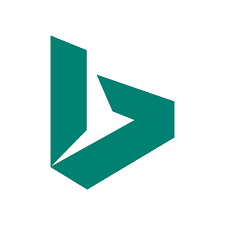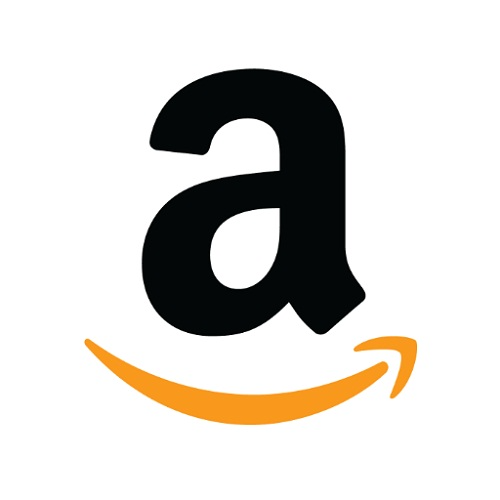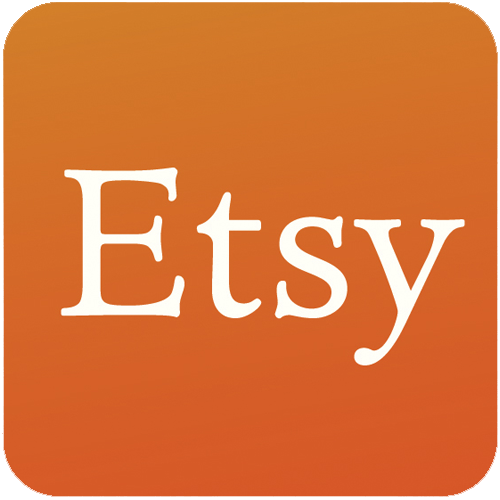How I Turned A $5K Investment Into A $7.2M Apparel Brand
Hello! Who are you and what business did you start?
Hi everyone! My name is Jonathan Waldmann. My then-girlfriend (Ilona), her mother (Sonja), and I started our business in 2012. We started in a one-bedroom with loft apartment in Gaithersburg, Maryland. Our first online business back in 2012 was on Etsy and is still going strong. That is a very diverse shop where we have different product categories that we cater to. We have travel shirts (custom for the destination), party shirts, bridal shirts, and engagement shirts. What makes us different from many other stores on platforms like Etsy is that we can offer customization and still keep the cost low (and Etsy provides a great customer base).
We have recently opened a new independent e-commerce store called On Cloud Faith which caters to a specific demographic of religious and faith-based clothing. We realized in going from larger platforms like Etsy/Amazon, it is easier to navigate specific niches with directed advertising and can focus the ad spend than having a more diverse e-commerce store.
Since we started in 2012 we have made 7.2 million dollars in sales. And that is from...

Download the report and join our email newsletter packed with business ideas and money-making opportunities, backed by real-life case studies.

Download the report and join our email newsletter packed with business ideas and money-making opportunities, backed by real-life case studies.

Download the report and join our email newsletter packed with business ideas and money-making opportunities, backed by real-life case studies.

Download the report and join our email newsletter packed with business ideas and money-making opportunities, backed by real-life case studies.

Download the report and join our email newsletter packed with business ideas and money-making opportunities, backed by real-life case studies.

Download the report and join our email newsletter packed with business ideas and money-making opportunities, backed by real-life case studies.

Download the report and join our email newsletter packed with business ideas and money-making opportunities, backed by real-life case studies.

Download the report and join our email newsletter packed with business ideas and money-making opportunities, backed by real-life case studies.




